
Speedhunters™ SPECIAL FEATURE: Know Your quattro
For this week’s theme we’re taking you all back to school… quattro school.
Need for Speed™ Unbound

Ever since the launch of Unbound Vol. 6: Head to Head we’ve been riding the Audi hype train to celebrate their return within Need For Speed’s digital world.
We’ve already uncovered the in-game updates, and we’ve even looked back on our top five tuner Audis featured on Speedhunters over the years. But for this week’s theme we’re taking you all back to school… quattro school.
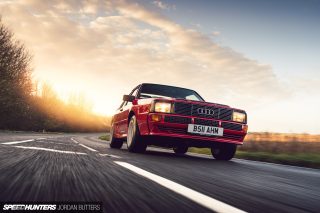
You’ll find a quattro variant on just about every production Audi in 2024. Yet its origins date all the way back to the 70s; with engineers Jörg Bensinger and Walter Treser widely credited for being its pioneers (and the driving force) ahead of its global debut in the 1980 Ur-quattro road car.
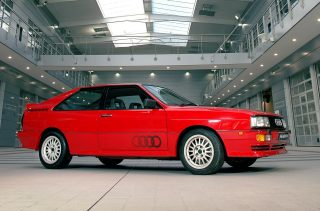
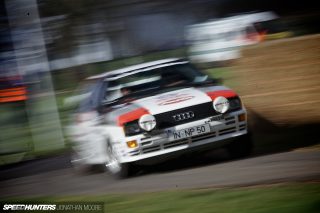
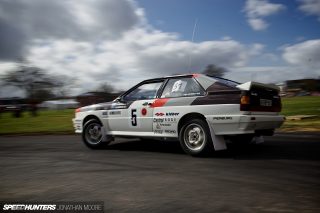
Then, as Audi rolled it out within their rallying campaign from 1981 onwards, it quickly became apparent this all-wheel drive revolution would be here to stay. Not only did Audi claim two championships and 24 victories between 81 and 86, but there hasn’t been a two-wheel drive winner of the WRC since Lancia’s 037 back in 1983.

quattro might just be the most renowned all-wheel drive system on the planet, but it wasn’t the first of its kind to be developed. Not by a long shot. Early examples of four-wheel drive transmissions date right back to the very inception of internal combustion; Dutch brothers the Spijkers paving the way in 1902 with their Spyker 60 H.P.
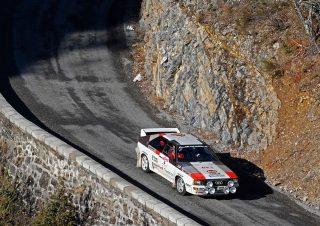
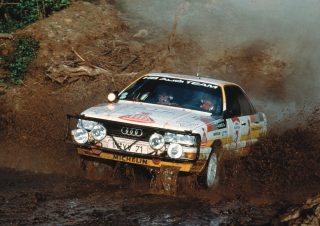

And, in the decades that followed, multiple 4x4 variations were developed for both military and off-road use including the Willy’s Jeep and Series 1 Land Rover. What about ‘normal’ cars? Well, Jensen’s FF from 1966 and Subaru’s Leone in 1971 both utilised all-wheel drive long before Audi joined the party. But what made quattro different was how it powered all four wheels.

Rather than use a heavy, inefficient transfer box to power both axles, Audi developed a lighter, smaller centre differential to deliver power to both axles. Then, when traction became even more limited, the centre diff could be locked with a vacuum-operated button allowing the front and rear diffs to rotate at the same speed without slipping.
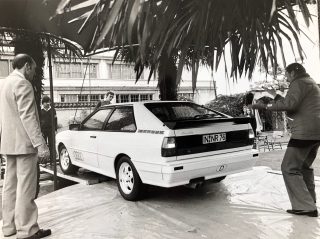
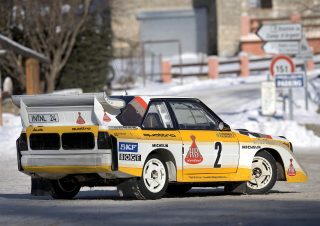
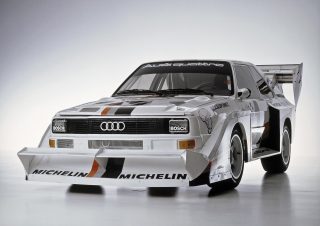
But the real game changer came in 1987 when Audi introduced the Torsen (torque sensing) centre diff. Unlike other systems, this allowed Audi to continually split power between axles when needed – so rather than sending power 50:50, it could send anything from 25 to 75% to the axle with the most grip. That kind of tech seems commonplace now, but rewind nearly four decades and you can see why quattro gained such a reputation in both passenger cars and motorsports.

In 2024, the term quattro now comes in multiple variations depending on model and intended use – some you’ll already be familiar with, others maybe not. So, grab a pen and paper; class is now in session.
Inception: When did it all begin?
Back in 1976, Walter Treser found himself as the head of Audi’s Advanced Special Vehicles program. One of his earliest tasks was to oversee the secret development of an all-wheel drive, high-performance car as instructed by CEO Ferdinand Piëch.
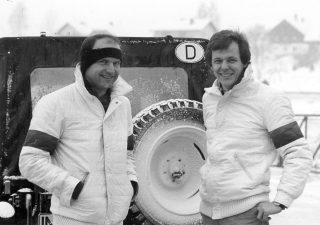
The project didn’t even have a ‘proper’ name, with the first prototype model simply known as A1 (standing for all-wheel drive number one). What’s more, nobody beyond Piëch and the engineers – including Treser and Bensinger – knew about the plan. Especially not Volkswagen.

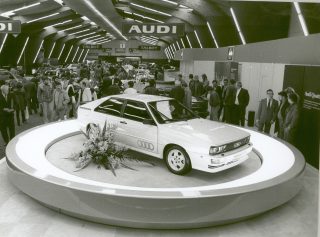

The story goes that, while chatting with VW’s head of chassis development in Ingolstadt, the engineer boasted to Treser about how great the handling was in their four-wheel drive, off-road VW Iltis. Before quickly making an off-hand comment about how good it’d be if the Iltis could have even more power to outshine its rivals.
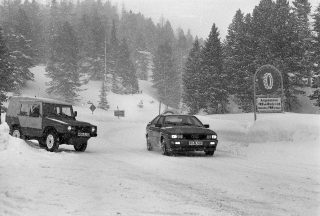
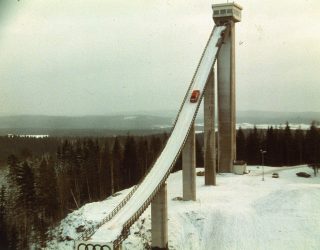

Hearing this, Treser became more intrigued with the idea of using all-wheel drive in a sporty passenger vehicle instead – either a coupé of two-seater – with great performance and four-wheel drive. This view was also shared by Piëch and would become the foundations for Audi’s first four-wheel drive production car. The Ur-quattro. Ur meaning ‘original’ and quattro meaning four… in Italian.
quattro… or Carat?
If you’re wondering why quattro is often seen both upper to lowercase, the answer is (relatively) simple. When referring to the Ur-quattro car, the q was always capitalized to signify its model, even if the stickers on the car still used a lowercase q. But when referring to the all-wheel drive system, quattro is always written in lowercase,

However, that first Ur-quattro was almost called something entirely different. Carat – short for Coupé-All-Wheel-Drive-Turbo was the name favored by the Audi board, but due to this name already being used by a lady’s perfume it was Treser’s previous suggestion (Audi quattro) which reigned supreme.
Introducing Torsen
Torsen might sound like another Audi engineer, but the term actually means ‘torque-sensing’ and it was this development in 1987 which truly revolutionised the way all-wheel drive transmissions work.

In the first Ur-quattro, an open centre differential was used with the ability to manually lock it via a switch on the dashboard. But from 1988 onwards, this was replaced with a torsen differential – the Type 1 – which allowed engine torque to be automatically sent to either axle depending on which one needed the most torque.
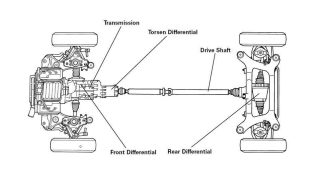
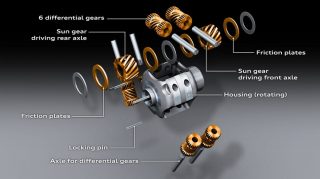

By default, the split offered a 50:50 distribution. But as grip or traction changed, up to 80% of the available torque could be sent to either axle without the need for manual input.
This wasn’t without its limitations, however. Because just like a conventional limited-slip differential, the Type 1 torsen is limited by the amount of torque that can be supplied to an axle, meaning if one axle has no grip, the other axle won’t be supplied with substantial torque either.

To try and combat this, Audi initially offered the second-gen quattro with a manual locking rear diff, while later advances (and a shift to electronically controlled differentials) meant that each individual corner could be monitored in order to limit wheel spin and allow torque from a low-traction wheel to be passed via the torsen diff to high-traction wheels instead.
What about Haldex?
In the case of early quattro systems, Audi used a longitudinally mounted engine with a centre differential to provide permanent all-whell drive with the ability to shift torque between axles with the torsen centre diff.
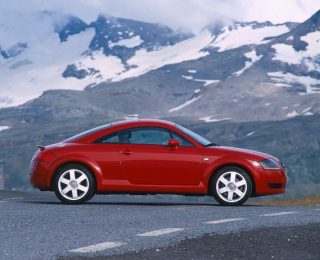
But what about those predominantly front-wheel drive Audis? Well, Haldex simply refers to the name of the original manufacturer, and this drivetrain was designed to provide optional all-wheel drive on those front-wheel drive cars fitted with transverse-mounted engines. Think first gen TT and S3 models for example.
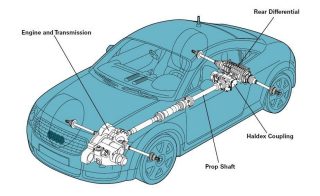
To keep the packaging tight, Haldex uses a multi-plate clutch at the rear differential (rather than a centre diff) to engage the rear-wheels, when necessary, rather than permanently driven like in earlier models. The downside? Because of the clutch positioning and the front-wheels always being driven, earlier Haldex models could only send up to 50% of the available torque to the rear axle. Meaning that – for the most part – Haldex didn’t feel ‘properly’ quattro when compared to the models before it, something Audi addressed later down the line...
quattro ultra
For most modern Audis, quattro ‘ultra’ is what you’ll likely find powering ‘em. This (as the name suggests) is the best of both worlds, combining traditional torque-sensing with the ability to run front-wheel drive without the drawbacks.
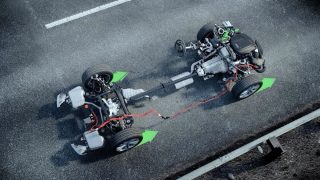
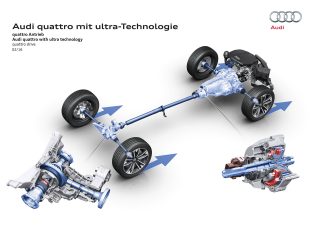
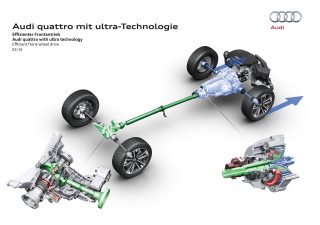
Why would you want to mainly run front-wheel drive? Well Audi found that 90% of driving doesn’t actually require power sending to all four wheels. And anyone who’s seen a dyno graph will know that all-wheel drive saps power, which in turn also use more fuel and reduces overall efficiency.
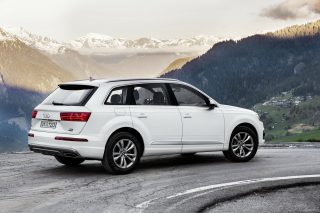
The solution? Use an electronically controlled clutch at the rear differential (just like Haldex) but with another clutch also located at the transmission, disconnecting the driveshaft altogether and improving fuel efficiency by nearly 20% according to Audi.
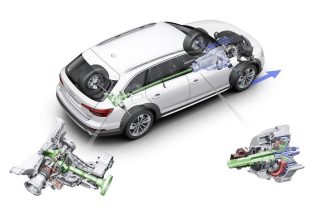
The fun doesn’t stop there either with quattro ultra. By taking data obtained from the various sensors on the car (including GPS position and outside temperature), Audi’s quattro ultra system can even predict when a driver will require front or four-wheel drive without any other intervention needed.
What About The Rear-Biased Audi R8?
So far, we’ve looked at quattro in both transverse and longitudinally mounted forms. But what about the oddity to the range; the mid-mounted, V10-powered R8 supercar? Naturally, this gets its own variation which uses an electronically controlled hydraulic multi-plate clutch to achieve.
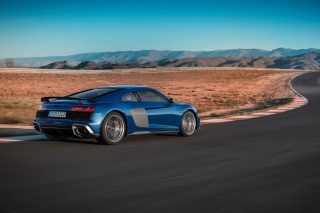
Because of the heavy engine in the rear, by default the R8 is rear biased with a split of 85% to the rear axle and 15% to the front. But, when the grip or driving requirements change, an electric axial piston pump (which can build as much as 40 bar of pressure in just a few milliseconds) presses the friction plates within the clutch together allowing constant variation of torque between the front and rear axles.
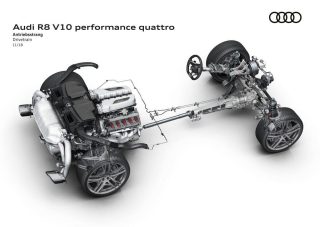
In second-generation versions of the R8, this even allows quattro to distribute 100% of available torque to either the front or rear axle. But if you really want a rear-wheel drive R8, the R8 RWS built between 2017 and 2018 is your answer – lighter, faster and permanent rear-wheel drive only.
What’s your favourite?
That’s a lot of tech to digest in a short period of time, and we know this barely scratches the quattro surface before you point out what we’ve missed. But this is Audi’s party piece after all; this tech not only put them on the map back in the 80s but continues to do so even into 2024 with more vehicles than ever before boasting all-wheel drive.
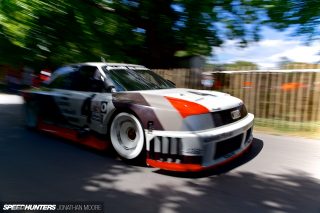

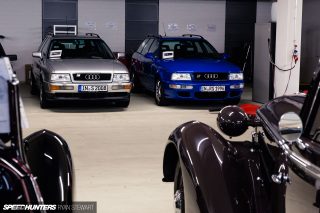
Naturally, this prestige has yielded some pretty special quattro editions over the years – from the screaming IMSA GTO race car right through to the Le Mans-winning R18 e-tron. But if we had to choose just one? We’re going five-cylinder and five doors; the Audi RS2 Avant.

A fast wagon developed with Porsche that also boasted quattro in the early 90s? Even by today’s standards they’re obscenely cool – and fast. Let us know your favourite in the comments.
Want more car culture? Check out the Speedhunters website and follow them on Instagram.

